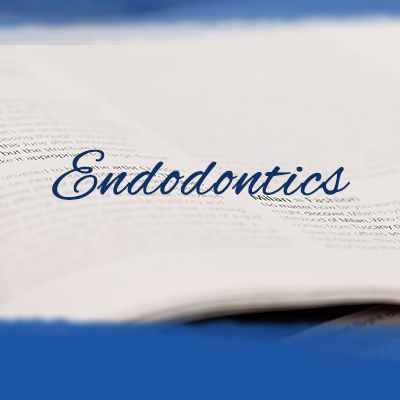Candida albicans Virulence Factors and Pathogenicity for Endodontic Infections
Candida albicans (C. Albicans) is the fungus most frequently isolated from endodontic root canal infections. Although recognized by dental pulp and peri-radicular tissue cells that elicit immune responses, it eludes host defenses and elicits cell death.
Then, C. Albicans binds tooth dentin, forms biofilms, and invades dentinal tubules to resist intracanal disinfectants and endodontic treatments. Insensitive to most common medicaments, it survives sequestered within biofilms and intratubular dentin. Thus, C. Albicans has been associated with cases of persistent or refractory root canal infections.
Its treatment strategies may require alternative intracanal irrigants, intracanal medicaments such as chlorhexidine gel or human beta defensin-3 (HBD3), Ca-Si-based obturating materials, and microsurgical procedures.





